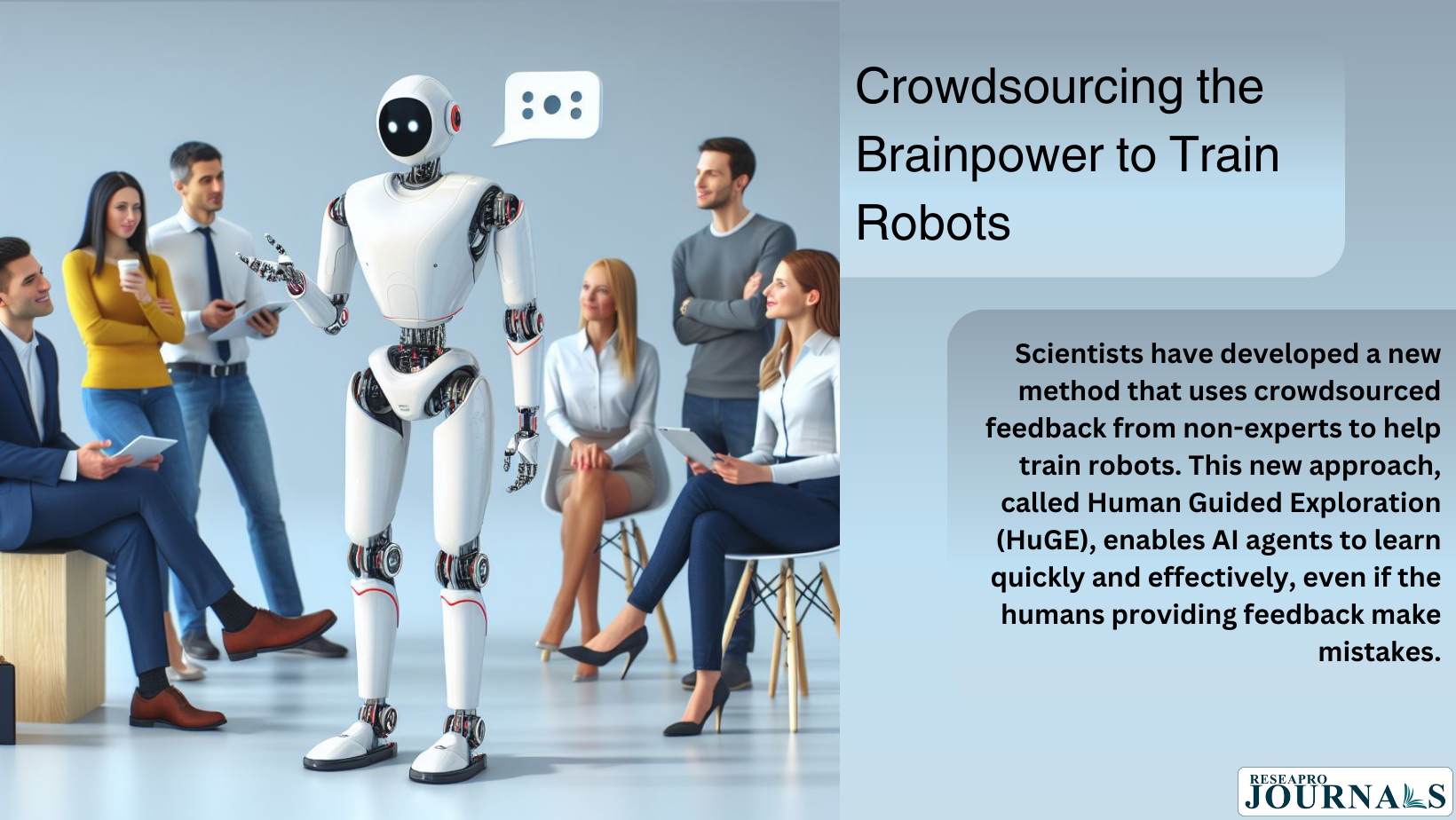|
Getting your Trinity Audio player ready...
|
A new technique developed by researchers from MIT, Harvard University, and the University of Washington enables AI agents to learn from nonexpert feedback provided by crowdsourced users. This method, called Human Guided Exploration (HuGE), is more efficient and effective than other reinforcement learning approaches.
How does HuGE work?
HuGE works by decoupling the reinforcement learning process into two separate parts: a goal selector algorithm and an exploration algorithm. The goal selector algorithm is continuously updated with crowdsourced feedback from humans. This feedback is used to guide the agent’s exploration, rather than to directly optimize a reward function. The exploration algorithm, on the other hand, allows the agent to learn on its own, in a self-supervised manner.
What are the benefits of HuGE?
HuGE has several benefits over other reinforcement learning approaches. First, it is more efficient, as it does not require expert-designed reward functions. Second, it is more effective, as it can learn from noisy feedback. Third, it is more scalable, as it can be used to teach robots to perform complex tasks in real-world environments.
What are the future applications of HuGE?
HuGE has the potential to be used in a wide range of applications, including:
- Teaching robots to perform complex tasks in homes and workplaces
- Developing self-driving cars that can learn from human feedback
- Creating AI agents that can interact with humans in natural and intuitive ways
Overall, HuGE is a promising new method for teaching AI agents to learn from humans. This method has the potential to revolutionize the way we interact with robots and other AI systems.




